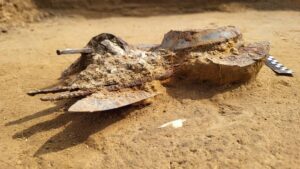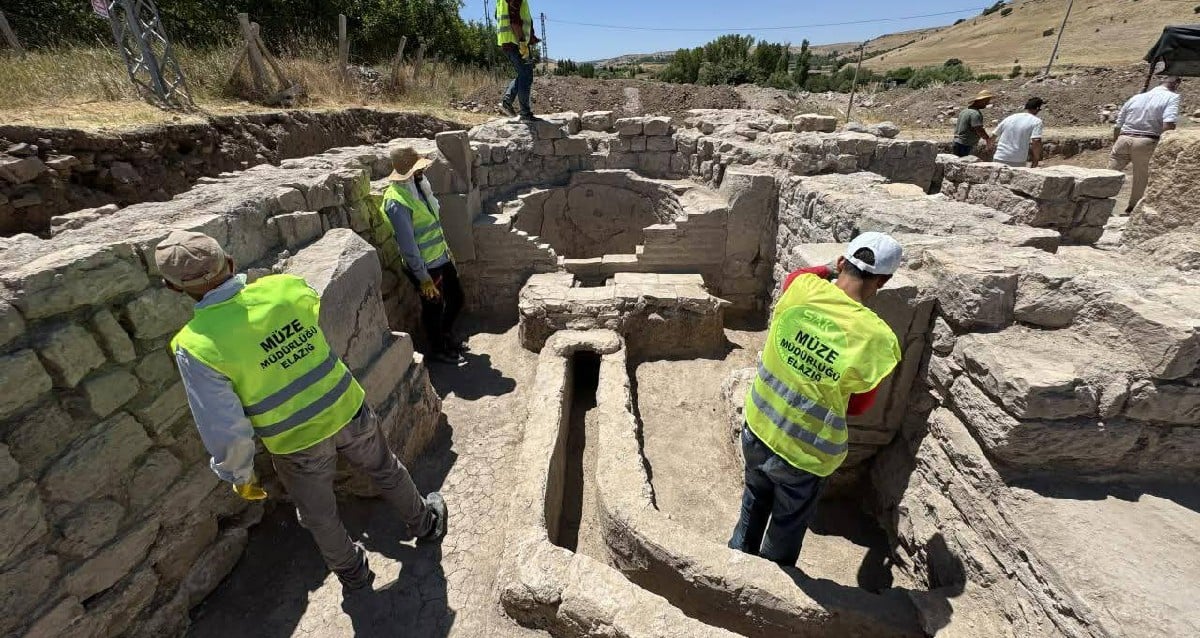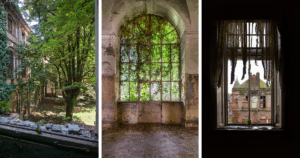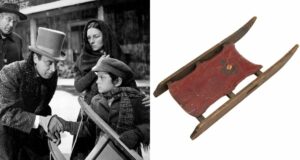“Lost to Time: Shocking Discovery of 2,000-Year-Old Roman Sword Unearthed by Metal Detectorists in Polish Wilderness!”
Their burial methods typically involved cremation, with ashes placed in urns, and warrior graves often containing bent or broken weapons. Given that the newly discovered sword had been broken in two places, researchers suspect it too had been used in an ancient burial rite. Likewise, experts at the museum noted some marks on the blade itself that could suggest exposure to fire — though they need to conduct further testing to prove this hypothesis.
The sword was not the first piece of evidence linking the Przeworsk culture to the Vandals, either, though the exact nature of this connection is still somewhat debated.
Further Evidence Of A Connection Between The Przeworsk Culture And The Vandals
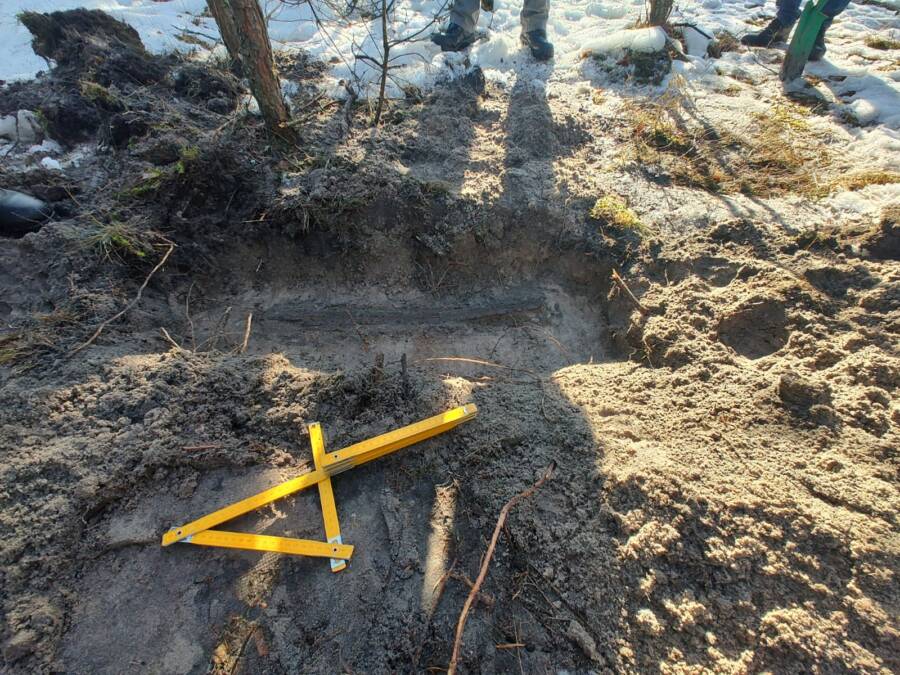
INVENTUM Association/FacebookThe sword was roughly three feet in length, broken in two places.
The Vandals were an East Germanic tribe first mentioned in Roman records as inhabitants of what is now Poland. They have been linked archaeologically to the Przeworsk culture as well, but this culture likely encompassed multiple ethnic groups.
Other historians have suggested the Vandals were actually part of the Lugii, a confederation of tribes mentioned by Roman authors. However, the overlapping and fluid nature of ancient tribal identities makes this somewhat difficult for historians to parse.
That said, other recent archaeological discoveries have further illuminated some kind of link between the Vandals and the Przeworsk culture.
In September 2024, for example, Archaeology Magazine reported on the discovery of two Vandal warrior graves unearthed in a cemetery near Glinka, Poland.
